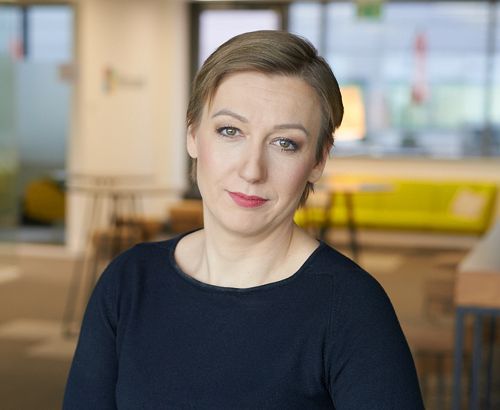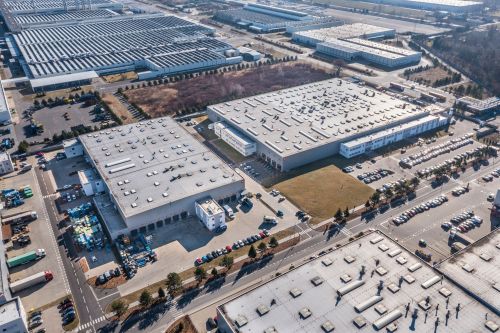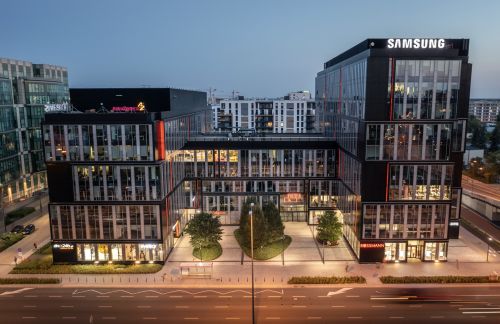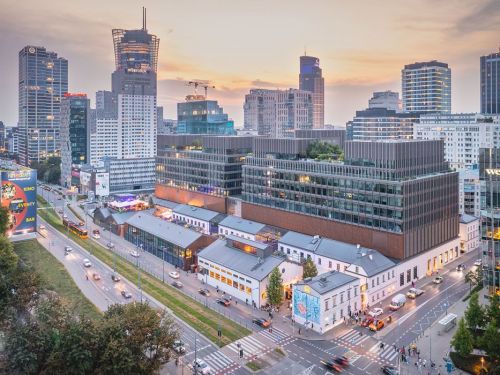The transformation work model requires a new approach from companies as well as investment in new technology. This helps not only to attract employees but also to optimise their work. Meanwhile, rising energy costs and climate change are having a greater impact on investors and property managers. As a result, new buildings are increasingly being equipped with systems for reducing costs and optimising operations. This also helps in the independent management of the building, by controlling, for example, the lighting and the heating. It also makes checking the availability of rooms and individual zones in the offices possible as well as geo-locating employees within the building. Which systems will turn out to be the best for the owners of office buildings in the future and which ones for the tenants? Which will dominate the market? We put these questions to the owners and developers of office buildings and to the suppliers of such systems. Their answers all point to the idea that acces































































